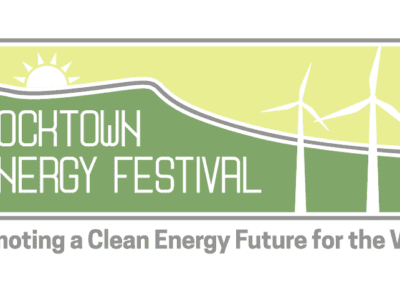Green Terms Defined Summary 2015
2012 International Energy Conservation Code: Minimum energy code standards adopted by the Commonwealth of Virginia
Air Changes per Hour (ACH): the measure how many times the air within a defined space is replaced.
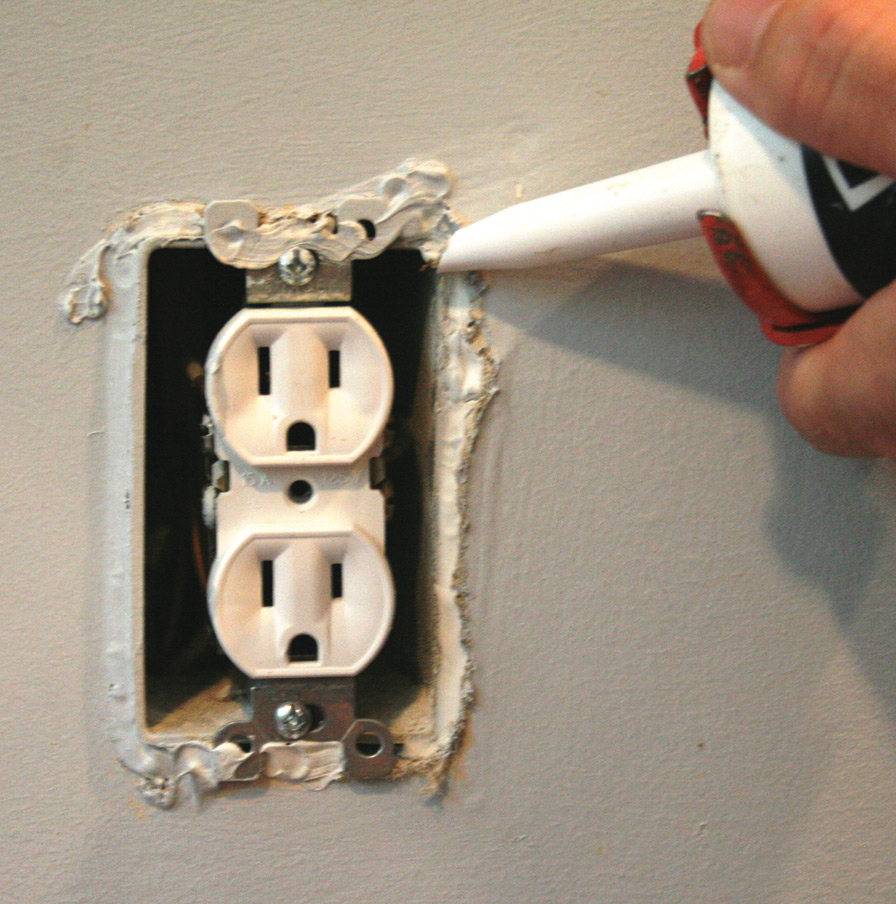
ASHRAE 90.1: a standard in the US that provides minimum requirements for energy-efficient designs for buildings except for low-rise residential buildings.
Carbon Footprint: a measure of the impact our activities have on the environment in terms of the amount of greenhouse gases we produce.
Carbon Neutral Building: the process of taking into account measuring, reducing, and offsetting carbon energy used by the building.
Cellulose Insulation: a low-thermal-conductivity material use to reduce heat loss and gain from a building.
Ceramic tile: made from clay that has been permanently hardened by heat, often having a decorative glaze.
Commissioning: verification and documentation that a building and the systems used are designed, installed, tested, operated, and maintained to meet the project requirements set by the building owner.
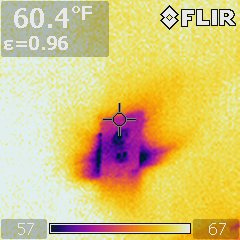
Conduction: the flow of heat through an object by transferring heat from one molecule to another. Think frying pan on a stove or wood stud that touches the inside drywall and the outside wall sheathing.
Convection: refers to the transfer of heat by a moving fluid. Thing warm air rising and cool air sinking in a room. Convection loops circulate near walls. During the heating season, warm air is cooled by exterior walls and falls towards the floor, creating a convection loop. Convective loops can also happen within framing cavities if the insulation doesn’t completely fill the space.
Edible landscaping: the practical integration of food plants within your landscape for the purposes of decorating as well as producing food.
Erosion: the removal of soil and rock by water from one location to another.
ERV or Energy Recovery Ventilator: part of a balanced ventilation system that transfers water vapor and heat from one airstream to another.
Flashing: a strip of impervious material used to stop water from penetrating the junction of a wall or roof with another surface.
Fly Ash: a fine, glass like powder recovered from the coal-burning process for the production of electricity.
Formaldehyde: A gas used widely in production of adhesives, plastics, preservatives, and fabric treatments and commonly emitted by indoor materials that are made with its compounds.
Grasslands Conservation Carbon Offsets: similar to forestry, native grasses and other vegetation provide a natural source of greenhouse gas (GHG) absorption and sequestration.
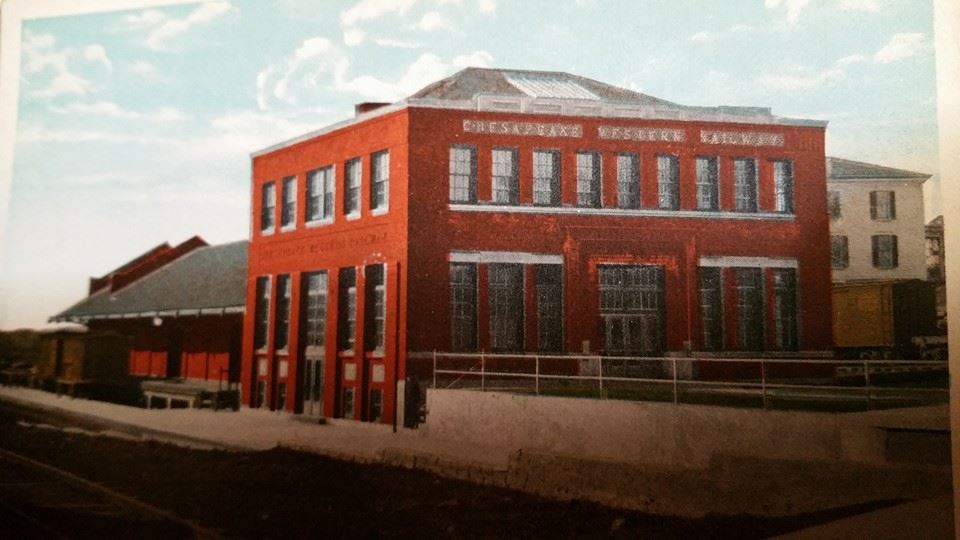
Historic Building: a structure that has historic, architectural, or cultural significance.
Humidistat: an electronic device that measures the relative humidity in a space.
HVAC: Heating, Ventilation, and Air Conditioning system in your home or business.
Infrared Thermography, thermal imaging, or thermal video: a type of infrared imaging used for determining air leakage in energy audits.
Insulated concrete form (ICF): a wall building system made of reinforced concrete and most commonly rigid thermal insulation.
Insulating Curtains: Thermal curtains have a lining that resists temperature change and are heavy enough to stop air flow.
Interior design: the art or process of designing the interior of a room or building.
Karst Topography: an area of irregular limestone in which erosion has produced fisures, sinkholes, underground streams and caverns.
Lifetime Home: A design approach that encompasses specific design features that ensure that a new house or apartment will meet the current and future needs of most households.
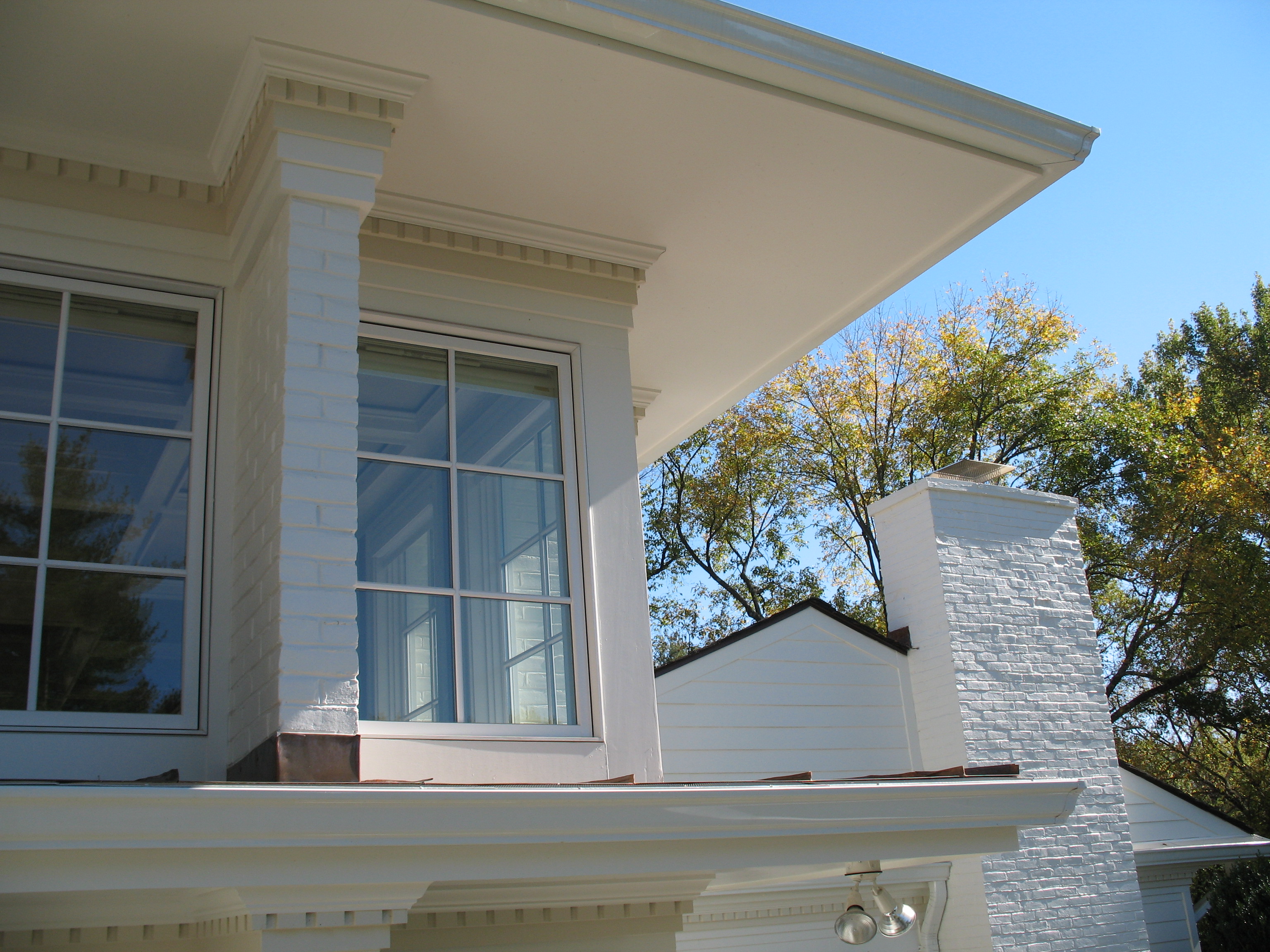
Light Shelf: a horizontal overhanging element located above the eye-level and typically having a highly reflective upper surface.
Linoleum: a resilient flooring product that was developed in the 1800’s. It consists of cork flour, linseed oil, oak dust, and jute.
Natural Ventilation: the process of supplying and removing air by natural means from building spaces by using windows, doors, solar chimneys, and non-powered ventilators.
Net Metering: a method of crediting consumers for the electricity that is generated on their home or business in excess of the total electricity that they have used.
No-Step Entry or zero-step entry: a flush entry from the driveway or garage into your home.
Pervious Concrete: concrete that allows water to move through the material into a storage area under the pavement.
Radiation: flow of heat from a warm source through space in waves of infrared or visible light energy. Think sunlight through a window.
Renovation: the act of repurposing / updating / remodeling of a building.
Resilient Design: the capacity of a design to adapt to changing conditions and to maintain or regain functionality and vitality in the face of stress or disturbance.
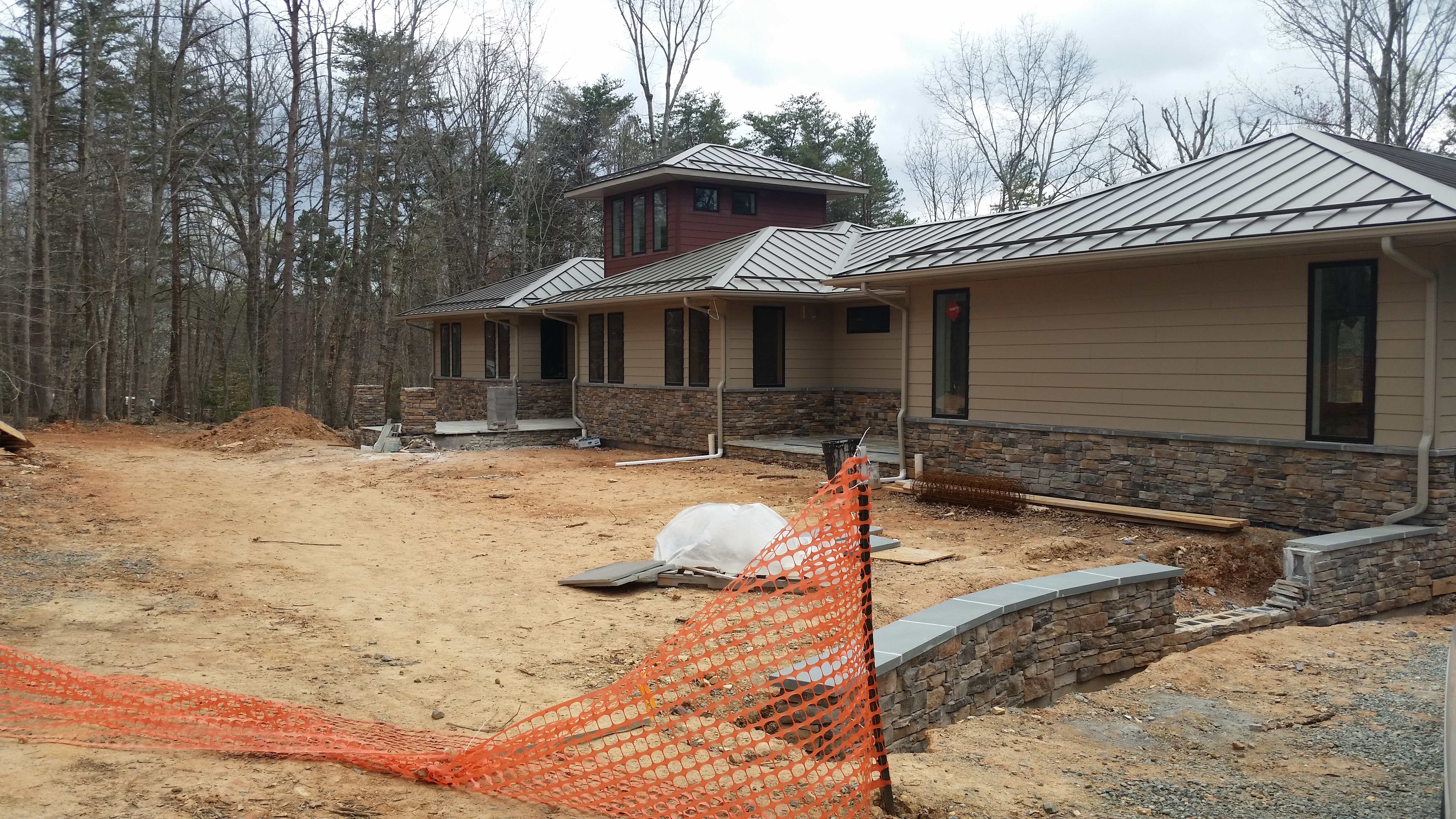
Single-stream recycling: a process or system where all paper, plastics, metals, cardboard, glass, and trash goes into the same can and is sorted by the facility into separate commodities.
Solatube: a tubular daylighting system
Specifications: define the requirements regarding materials, products, installation and quality aspects pertaining to the execution of the work and contract.
Thermal Bridge: where heat occurs across more conductive components in an otherwise well-insulated material, resulting in disproportionately significant heat loss.
Tiny House: home designed to be less than 1,000 sf
Vampire Load: the power consumed by electronics and appliances while they are technically switched off or in standby mode.
Vapor Barrier: a barrier that reduces the rate that water vapor can move through a material.
Wastewater: water from bathtubs, shower drains, sinks, washing machines, and dishwashers is considered grey water.
WaterSense: a label program created by the Environmental Protection Agency for consumers to easily identify water efficient products.
Weatherization: the practice of using cost-effective strategies to modify a building to decrease energy usage and increase comfort.
Window: Casement or Double-Hung glass opening in a wall system.

